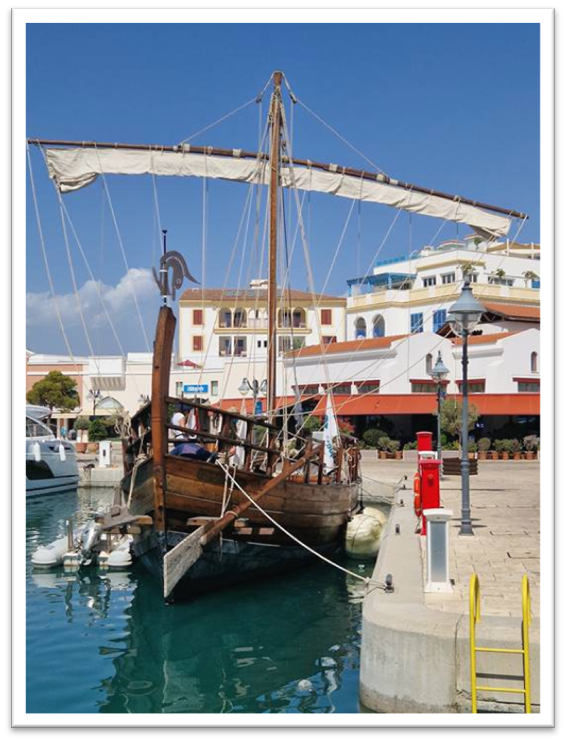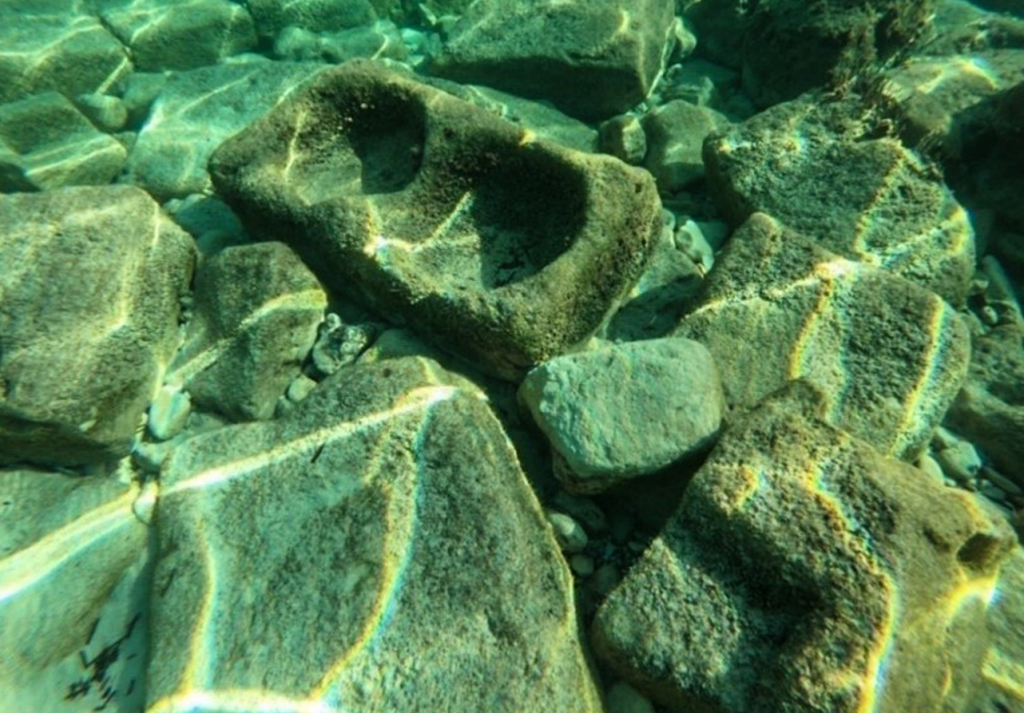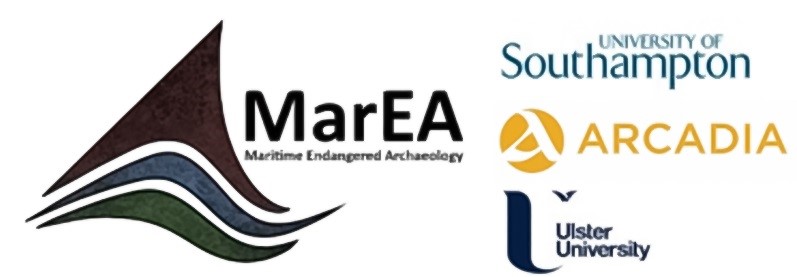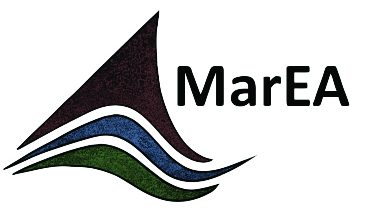The coastlines of the Middle East and North Africa (MENA) have long played a vital role in shaping the region’s cultural and historical landscapes. From ancient ports and harbours to shipwrecks lying beneath the waves, the maritime archaeology of MENA reveals a dynamic legacy of seafaring, trade, and cultural exchange stretching back thousands of years. These submerged and coastal sites provide invaluable insights into how communities once lived, travelled, and interacted across extensive maritime networks.
Despite their significance, this rich heritage is increasingly at risk. Coastal and underwater archaeological sites across the region face mounting threats from urban expansion, climate change, looting, and conflict. Many remain undocumented, and without timely action, these fragile records of the past may be lost forever. The urgency of protecting this heritage has never been greater.
To support greater awareness and engagement, the Maritime Endangered Archaeology (MarEA) project—working in partnership with the Palestine Exploration Fund and supported by the British Council’s Cultural Protection Fund—has launched an introductory learning module in English and Arabic on maritime archaeology in the MENA region. Designed for students and interested members of the public, this educational resource offers an accessible entry point into a fascinating and often overlooked field.
The module is structured around four thematic sections. It begins with an introduction to maritime archaeology and the objectives of the MarEA project. The second section delves into the maritime heritage of the Middle East and North Africa, presenting case studies and key developments from both sub-regions. A third section explores the legal frameworks—both international and national—that govern the protection of underwater cultural heritage. The final section addresses the range of threats to maritime archaeology, including environmental change, anthropogenic damage, and a focused case study on Gaza’s endangered coastal heritage.
Supplemented by a curated bibliography and further reading list, this module is not only informative but also academically grounded. It offers learners the tools to critically engage with the material and consider the broader implications of maritime heritage preservation.
Whether you are an aspiring archaeologist or simply curious about the history beneath the sea, we invite you to explore this module. In doing so, you contribute to a growing effort to understand, preserve, and celebrate the maritime cultural heritage of the Middle East and North Africa.


 |
 |
 |

